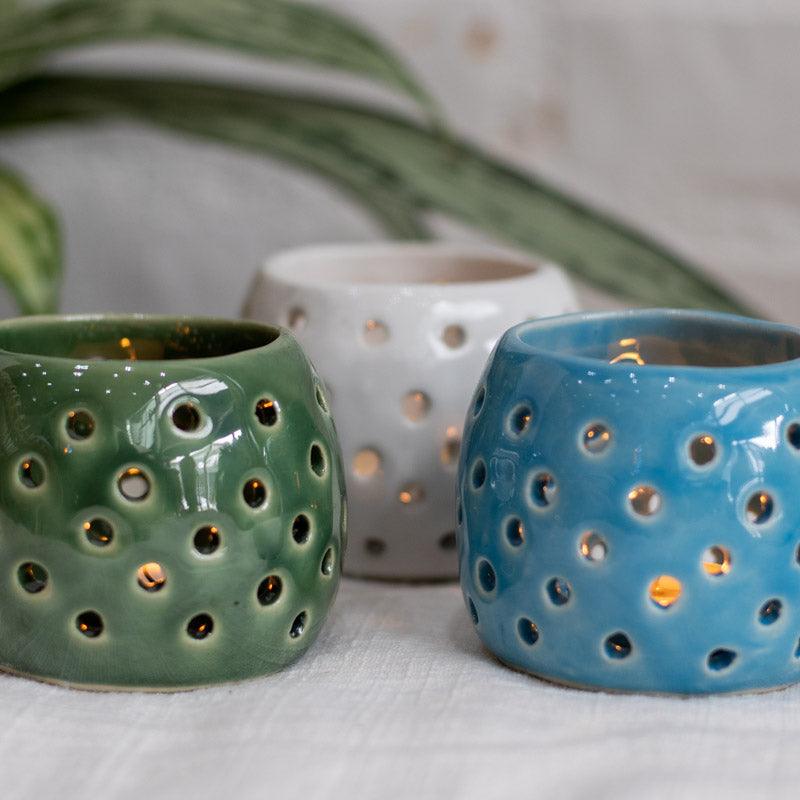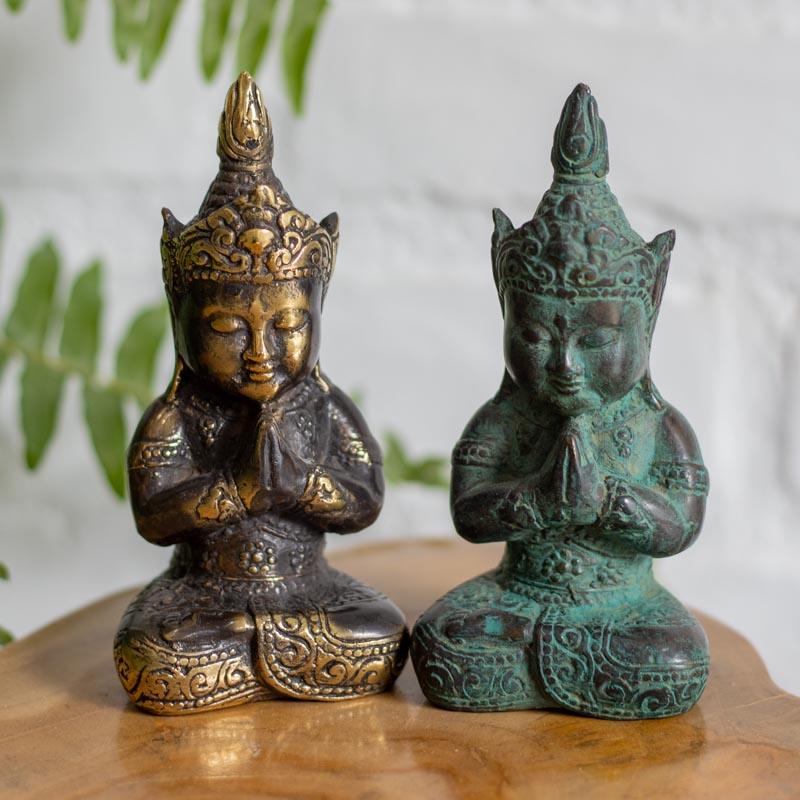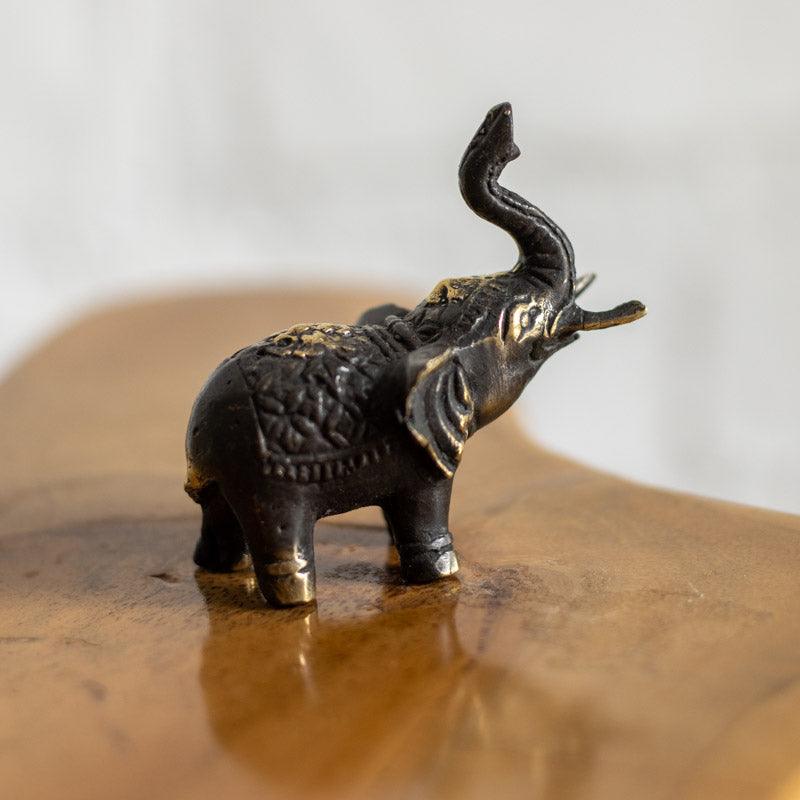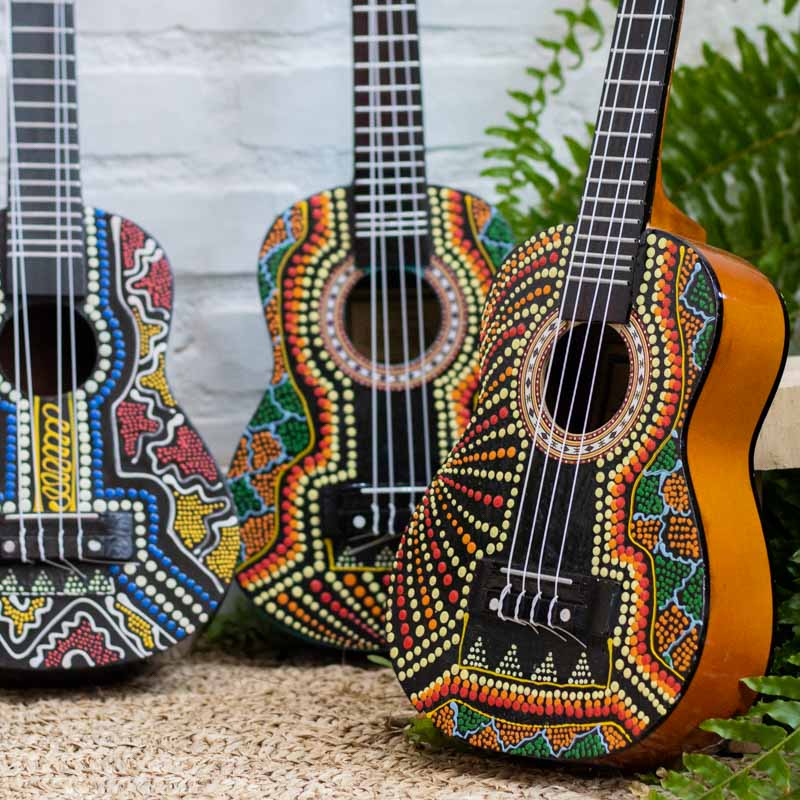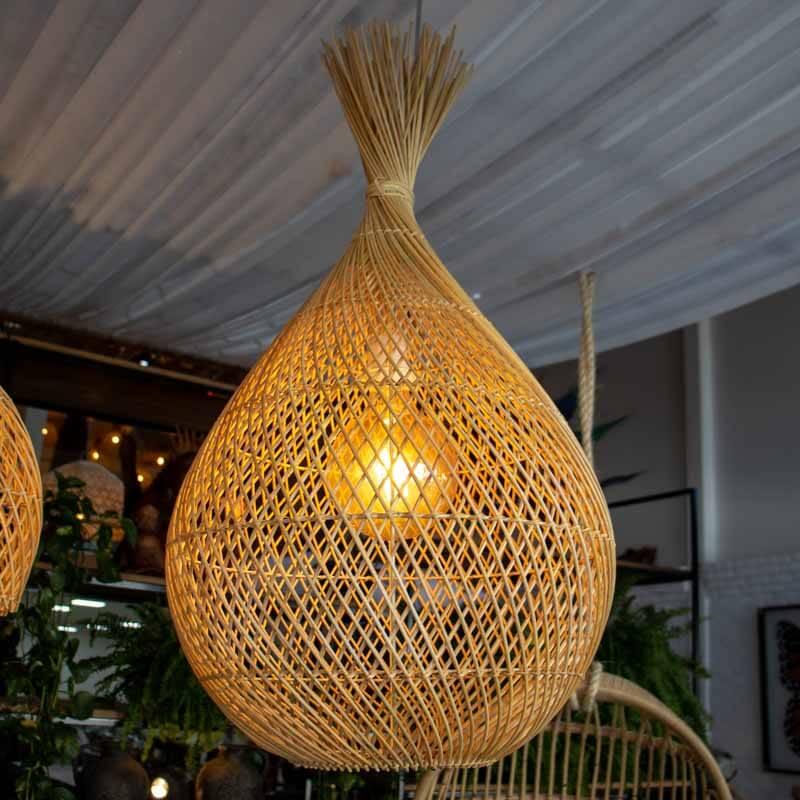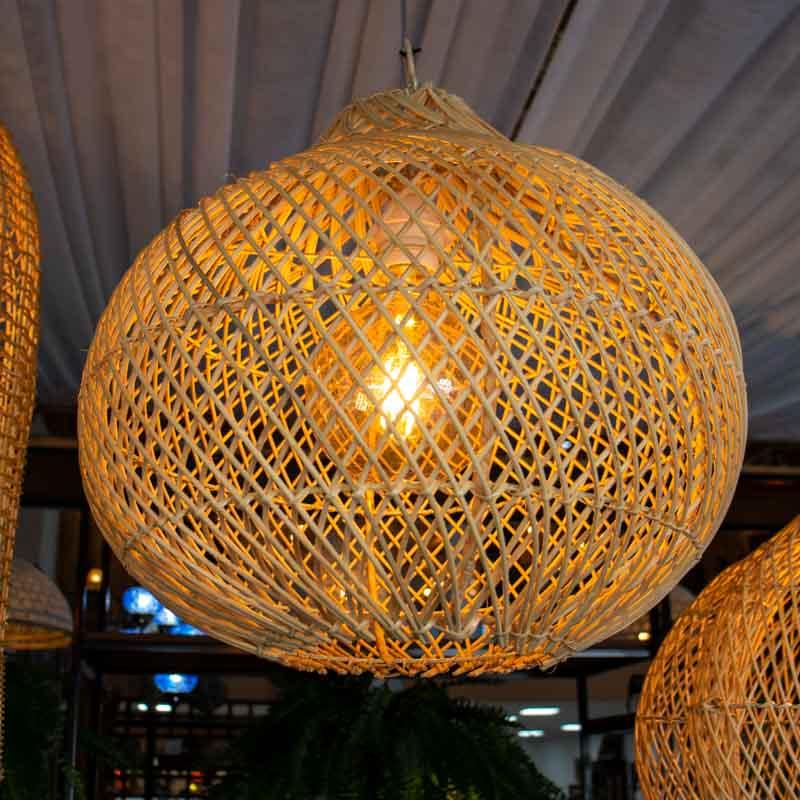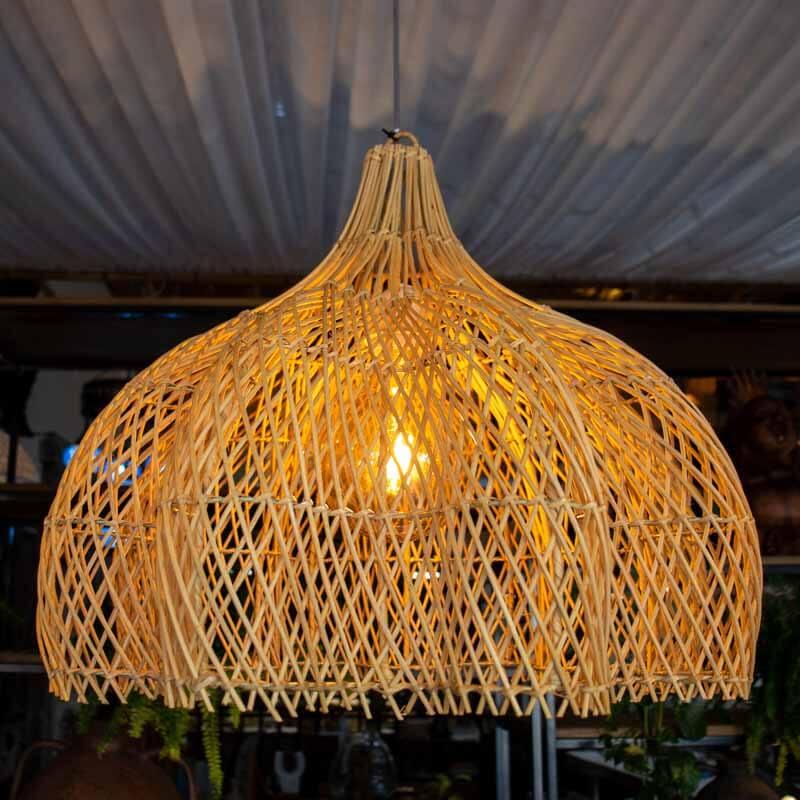It is common to associate the swing hammock with moments or environments of leisure and rest. However, its immemorial presence in our daily lives leads us to a series of developments about our history, the redefinition of indigenous artifacts and our cultural identity.
For the historian and anthropologist Câmara Cascudo, based in Natal and dedicated to the study of Brazilian culture , elements of everyday use such as the hammock are worthy of care and observation, since they are extremely important for ethnographic science in order to investigate peculiarities of our culture. Its historical relevance and functional utilitarianism must be valued.
In his words in the book “Sleeping hammock: an ethnographic research” (2003), Câmara Cascudo defines the hammock as something that takes on our shape, is contaminated by our habits and repeats, docile and soft, the shape of our body . To go on to complement his position with the same poetic bias when he says that “the hammock is welcoming, understanding, slithering, accompanying, warmly and gently, all the whims of our fatigue and the unforeseen novelties of our peace.”

The network represents our cultural identity. Photo: El Mueble | reproduction
The first record of the existence of the hammock in Portuguese is dated April 27, 1500, in the letter by Pero Vaz de Caminha to King D. Manoel, among the reports about the lands that would become Brazil and the customs of the natives , highlighting the absence of furniture such as a bed and the use of a hammock to sleep - so named in comparison to the mesh (braided) structure of a fishing net.
The representation of the hammock in figurative art, on the other hand, appeared in 1551 with the engraving entitled “ Fête brésilienne ” by an unknown artist, opening up an opportunity for researchers such as André Thevet, Hans Staden, Jean de Lery, Karl von den Steinen and Debret to express their interpretations about of this emblematic iconographic element in artistic representations of Colonial Brazil .
The hammock is a genuine Brazilian handicraft made of twisted cotton threads. And, before providing delight in interior decoration, it was essential in the indigenous culture where it was called “ ini ”, which in Tupi-Guarani means “line”, “thread” or “that on which you sleep”. Among the considerable explanations for the development of the structure by the Amerindian peoples is the fact that the work intertwined with natural fibers prevented the access of some insects, favoring rest.

It is an appropriate handicraft of the “ ini ” indigenous art. Photo: Margo Hupert | reproduction
If in their origins the rocking hammocks configured a seat for meals, a backrest for a nap, a bed for sleep and transport to the deathbed, since the Indians “were born, lived, loved and died” in them, nowadays they lend their forms, weaves and colors framed by balconies to warm up internal and external environments, welcome while enjoying readings (like this one) or cradle and relax the body at the moment when the breeze invades the balcony.
Also in Câmara Cascudo's view, the hammock helps to move dreams and gives babies the affective gesture of lullaby by rocking them without the slightest effort. However, there are crib hammocks whose comfort and rhythmic movement provide shelter for the baby and make him calmer by simulating the position in which he is in the mother's womb.
The best-known pieces are those from the Brazilian northeast , the famous Ceará hammocks , which maintain the quality and indigenous tradition of handcrafted weaving with natural fibers. Along with the northern region, they are the largest Brazilian producers and exporters of hammocks , a fact corroborated by the high number of artisans and textile factories dedicated to clothing.

The network takes hospitality to environments. Photo: Sf Girl | reproduction
Wrapping up the best moments in hammocks does not only provide relaxation, the contact with her is deeper, it exalts what is most Brazilian in the customs that have survived time and that form our cultural memory.
Find the one that best imprints our historical values on your decor at the Arte & Tune in virtual store, making it more cozy!
Namaste!
Milene Sousa - Art & Tune





